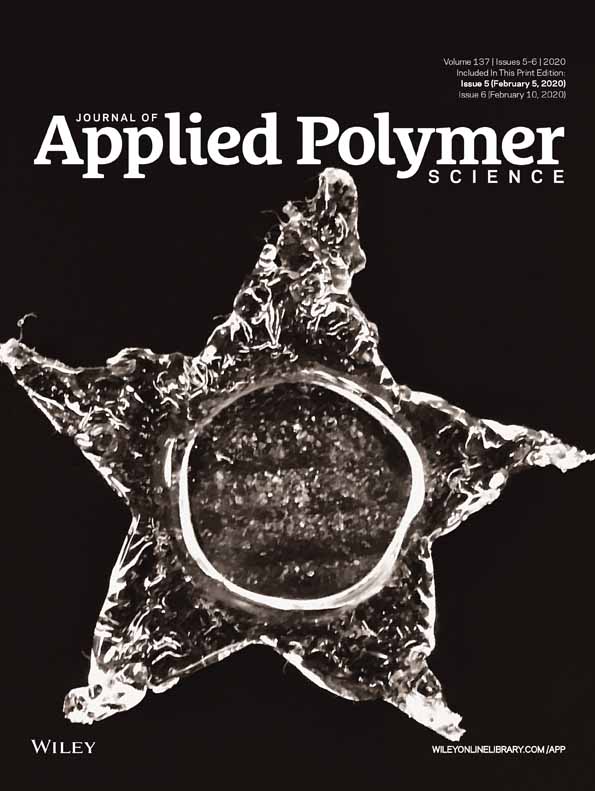RETRACTED: Effect of surface modified WO3 nanoparticle on the epoxy coatings for the adhesive and anticorrosion properties of mild steel
ABSTRACT
The effect of introducing WO3 (tungsten oxide) nanoparticle in the epoxy coating was analyzed by electrochemical impedance spectroscopy and scanning electrochemical microscopy (SECM) methods in 3.5% NaCl. The (3-glycidyloxypropyl)trimethoxysilane was treated with the nanoparticle for the proper dispersion and chemical interaction of nanoparticle with the epoxy resin. The introduction of WO3 nanoparticle in the epoxy coating enhances the charge transfer resistance (Rct) as well as the film resistance (Rf). The observation of iron dissolution and oxygen consumption was done by applying the appropriate SECM tip potential in the WO3-modified nanocomposite coated steel. The epoxy and epoxy–WO3 nanocomposite-coated samples were used to study the adhesion and anticorrosion properties. The analysis by SEM/EDX displayed that the enriched W was detected in the nanocomposite coating of steel. The presence of the nano level corrosion product containing W was confirmed by focused ion beam-transmission electron microscope analysis. The high corrosion protection properties of the epoxy-based nanocomposite coating was due to the complex nanoscale layer formed and chemical interactions of epoxy resin with surface-modified nanoparticle in nanocomposites. © 2019 Wiley Periodicals, Inc. J. Appl. Polym. Sci. 2020, 137, 48323.
CONFLICT OF INTEREST
The authors declare that they have no conflict of interest related to this work.




